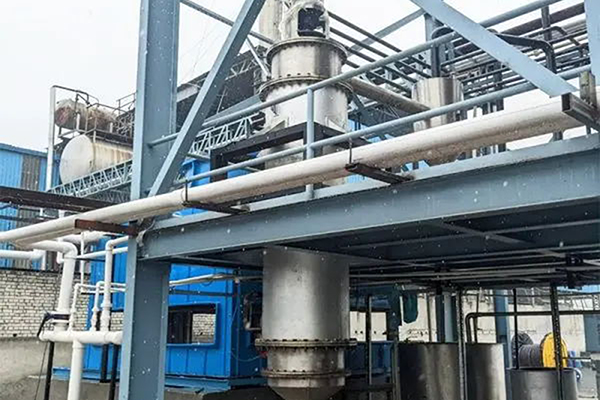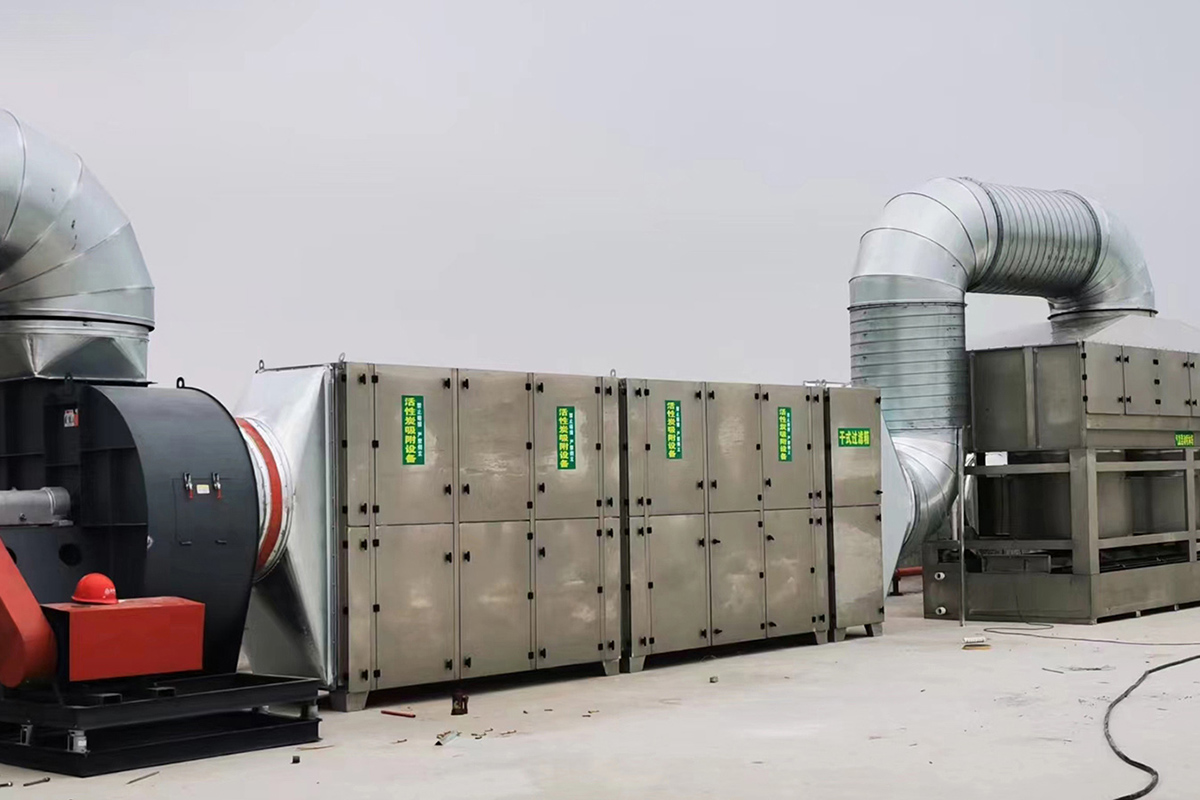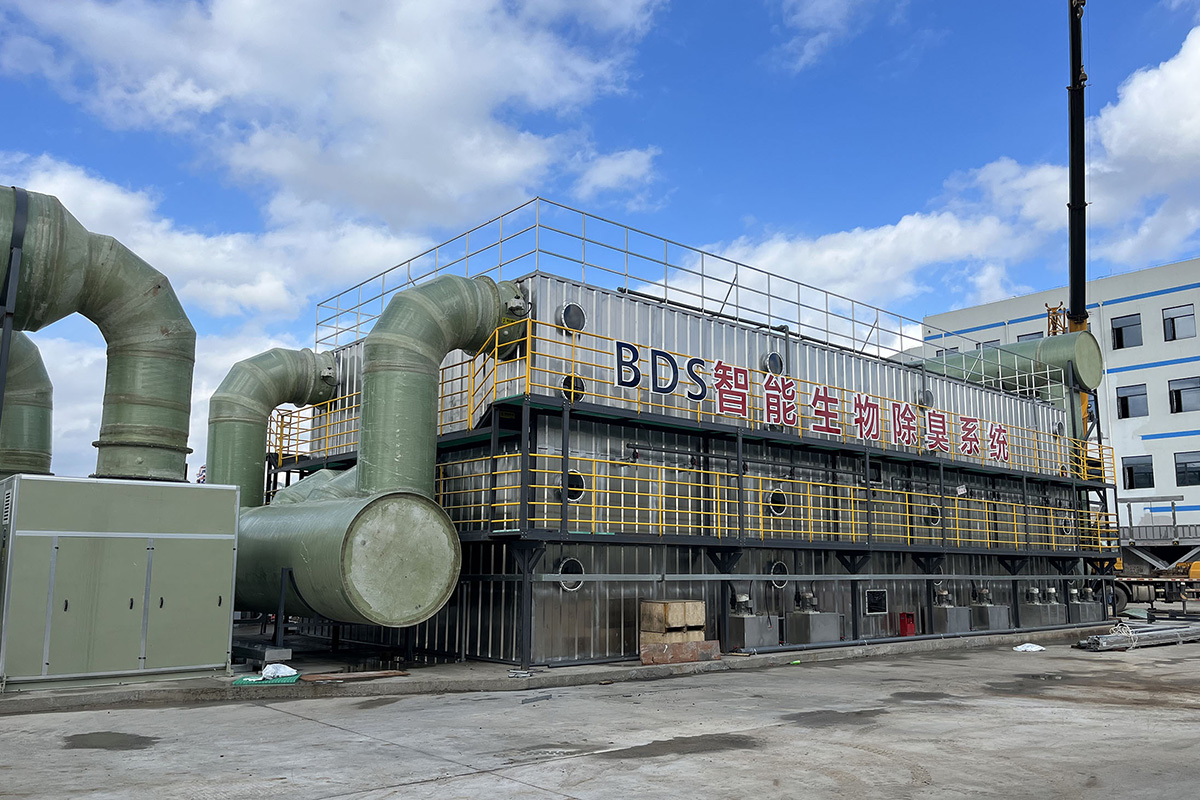Study on municipal sludge drying characteristics
Taking the dewatering sludge of Qingpu District Municipal Sewage Treatment Plant as raw material, this paper studies the differences in the characteristics of sludge before and after drying from the aspects of industrial analysis, micromorphology, basic composition and calorific value, and provides basic data for the realization of drying and incineration of sludge.

Sludge is a by-product of sewage treatment process, with high water content (generally about 98%), large volume, difficult to dispose of the characteristics, and sludge composition is complex, containing a large number of organic substances, heavy metals, salts, difficult to degrade substances and pathogenic microorganisms, parasitic eggs and so on. With the deepening of sewage treatment, the reasonable treatment and disposal of sludge is increasingly important, and untreated sludge is a big threat to the environment.
According to the data of E20 Research Institute, more than half of the sludge generated by sewage treatment plants is treated and disposed of by sanitary landfill, and more than 18% of the sludge is lost. More than 50% of the water content of 80% of the dewatered sludge is disposed of by the simple method of landfill. This disposal method not only has serious environmental secondary pollution, but also occupies a large area, and there will be no land to bury in the long run. The proposal of sludge treatment and disposal requirements in the "Water Ten" and "13th Five-Year Plan" has promoted the growth of sludge treatment and disposal market under the condition of favorable policies, and the related treatment technology and equipment have also developed rapidly.
"The best feasible technical guidelines for SLUDGE treatment and disposal in sewage treatment plant" believes that sludge drying and incineration is the direction advocated by our country in the future. In order to realize sludge drying and incineration with high efficiency and low energy consumption, it is necessary to systematically study the characteristics of sludge before and after drying from multiple angles.
In this paper, the characteristics of dehydrated sludge before and after drying were studied from the aspects of basic analysis, micromorphology, basic composition and calorific value, which provided basic data for the realization of drying and incineration of sludge.
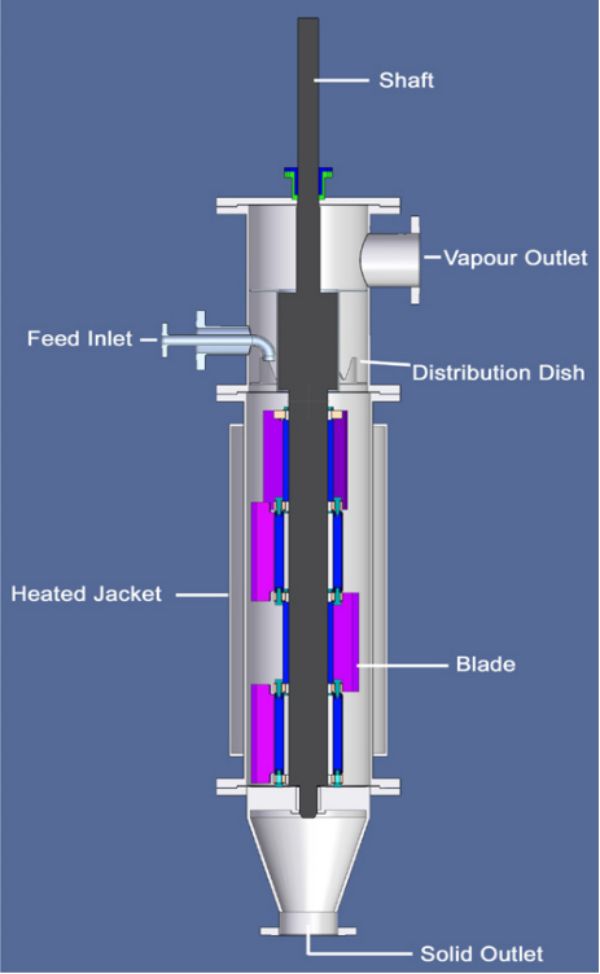
Experimental equipment
The municipal dewatering sludge is dried by using a thin film dryer, and the structure diagram of the thin layer dryer is shown in Figure. Thin film drying machine is composed of shell, rotor and driving device. The rotor spreads the dedehydrated sludge into a thin layer on the inner wall of the shell jacket, and dries the sludge by the high temperature steam or heat conduction oil in the jacket.
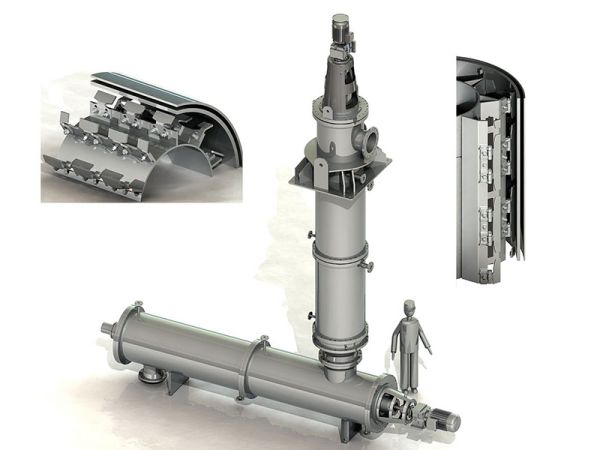
Basic analysis and comparison before and after sludge drying
The overheated steam of 160℃ and 0.6Mpa was passed into the thin film dryer to dry the dewatered sludge with a moisture content of about 80% to a moisture content of less than 30%. The sludge before and after drying was sampled and analyzed for many times. The results showed that the volatile content of the sludge was reduced after drying, and the volatile content of the drying base was reduced by 4.53%~8.66%. At the same time, the ash content of the sludge increased, and the high calorvalue of the drying base decreased by 0.335~1.15MJ/kg. This is mainly because in the process of thermal drying, volatile organic compounds in the sludge and some fine sludge particles become the drying tail gas together with the drying water vapor and enter the subsequent tail gas treatment section.
Microstructure comparison of sludge before and after drying
The following figure shows the microstructure of the sludge before and after drying. As can be seen from the figure, the sludge structure before drying is relatively loose, and a large number of extracellular polymers are wrapped and gathered outside the colloid, forming an obvious aggregate structure. In this way, the bound water, interstitial water and intracellular water in the sludge are wrapped in the sludge floc, so that it is difficult to further dehydrate through physical and chemical actions. Compared with the sludge after drying, the sludge before drying has higher porosity, larger specific surface area, strong compressibility, and the sludge floc can be destroyed by applying lower mechanical force or providing heat. With the evaporation of water in the sludge, the sludge floc structure gradually collapses, forming a aggregate structure with a tight surface structure and gradually shrinking voids in the figure on the right. However, water evaporation efficiency will also decrease with the decrease of sludge void ratio.

Composition comparison of sludge before and after drying
The figure shows the results of infrared spectral scanning analysis before and after sludge drying. The representative functional groups of sludge dry group are mainly free H2O, -OH, -CH2, -CH3, aromatic ring, C=C, CO, halogenated hydrocarbon, etc. It indicates that the organic matter content in the sludge is high, and the organic matter types may be protein, lipid, starch and cellulose. Studies have shown that the protein content of sludge organic matter is more than 60%, lipid is about 20%, starch and cellulose is about 15%, the decomposition of these organic matter will produce NH3, H2S and VOCs and other odor gases.
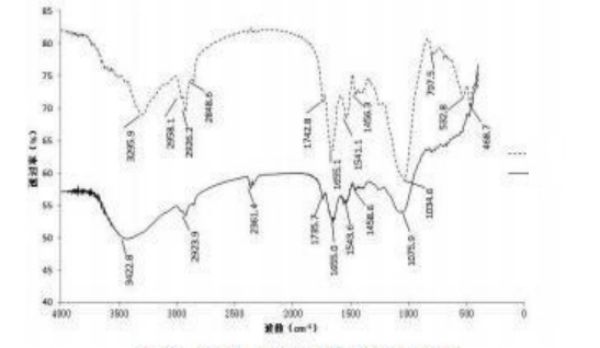
EPS is a high polymer composed of protein, polysaccharide and a small amount of lipids, nucleic acid and humus. The detection of EPS characteristic compounds indicates the existence of a large amount of EPS in sludge. As an important organic component of sludge, EPS content determines the infrared absorption intensity of sludge characteristic functional groups. By comparing the infrared spectra of the sludge before and after drying and excluding the subtle interference of the impurities in the sludge during the analysis process, it can be seen that the infrared absorption intensity of the sludge before drying is significantly higher than that of the sludge after drying. Compared with the sludge before drying, the spectra of the sludge after drying showed that the shoulder peaks at 1654 and 1543cm-1 (C=C), 2924cm-1 (C-H) and 1076cm-1 (C-O) were smaller, which indicated the decomposition of protein-like substances during the sludge drying process. This also explains the decrease in organic matter content and volatile matter content after sludge drying.
Comparison of moisture content, organic matter and calorific value of sludge before and after drying
The organic matter in the sludge is the main provider of the calorvalue of the sludge, while the moisture content of the sludge also has a great influence on the calorvalue. The high moisture content of sludge has a low low calorific value, which will inevitably affect the incineration of sludge. Moreover, the system energy consumption in the sludge drying process is mainly used to evaporate the water in the sludge.
The organic matter content of the sludge after drying decreased slightly, and the corresponding high calorification value of the dry base also decreased slightly. The correlation between sludge moisture content and calorie-value, and the correlation between sludge organic matter and calorie-value were studied respectively, and the correlation coefficient between the variables was obtained by linear regression, and the correlation analysis was carried out.
There is a negative correlation between the moisture content of dry sludge and its low calorific value, which decreases with the increase of moisture content. However, the correlation coefficient between dry sludge moisture content and low calorage value is 0.882, and the P value of F test is 0.061 under 95% confidence. Since the F-test P value is greater than 0.05, the moisture content of dry sludge does not show a significant linear correlation with the low calorage value.
The correlation coefficient between the organic matter content of raw sludge and the high calorie-value of dry basis was 0.997, and the P value of F test was 0.0033 under the confidence level of 95%. F test P value is less than 0.05, so the organic matter content of raw sludge has a significant correlation with its dry base high calorie-value.
The organic matter content of dry sludge was positively correlated with the high calorific value of dry base, and the high calorific value of dry base increased with the increase of organic matter content. Moreover, the correlation coefficient between the organic matter content of dry sludge and the high calorage value of dry substrate was 0.973, and the P value of F test was 0.014 under the confidence level of 95%. Since the F-test p-value is less than 0.05, it can be seen that there is a significant correlation between the organic matter content of dry sludge and the high calorie-value of dry base.
From the above analysis, it can be seen that the calorage value of sludge is closely related to moisture content and organic matter content, and there is a significant positive correlation between the organic matter content of sludge and the calorage value of sludge dry base. This also shows that if a large number of inorganic additives are used for conditioning and dehydration of the sludge from the sewage treatment plant, although it can play a significant dehydration effect, the introduction of a large number of inorganic substances will not only improve the system load of the sludge drying process, but also significantly reduce the organic matter content of the sludge, which will cause adverse effects on the subsequent sludge drying and incineration.
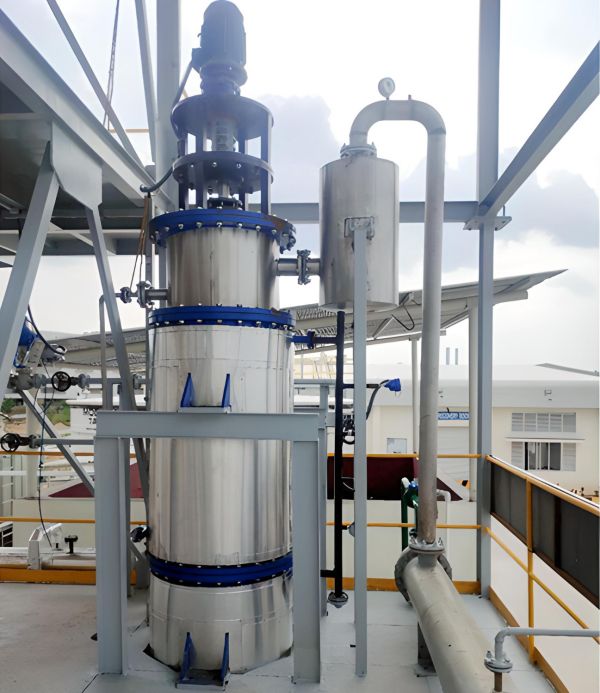
Conclusion
In this paper, the characteristics of the dehydrated sludge before and after drying were analyzed by using the dehydrated sludge from Qingpu District of Shanghai as raw material.
(1) With the progress of drying, the surface structure of sludge is gradually close, the gap is gradually reduced, and the drying efficiency is gradually reduced.
(2) The drying process of sludge will occur a small amount of organic matter decomposition, so that the content of organic matter and volatile matter of the sludge after drying is slightly reduced.
(3) The low calorage value of sludge is negatively correlated with its moisture content, but there is no obvious linear relationship; There was a positive linear correlation between the high calorage value of sludge and its organic matter content. Therefore, it is necessary to reduce the moisture content of the sludge and reduce the loss of organic matter content in the sludge to ensure the calorvalue of the sludge.


